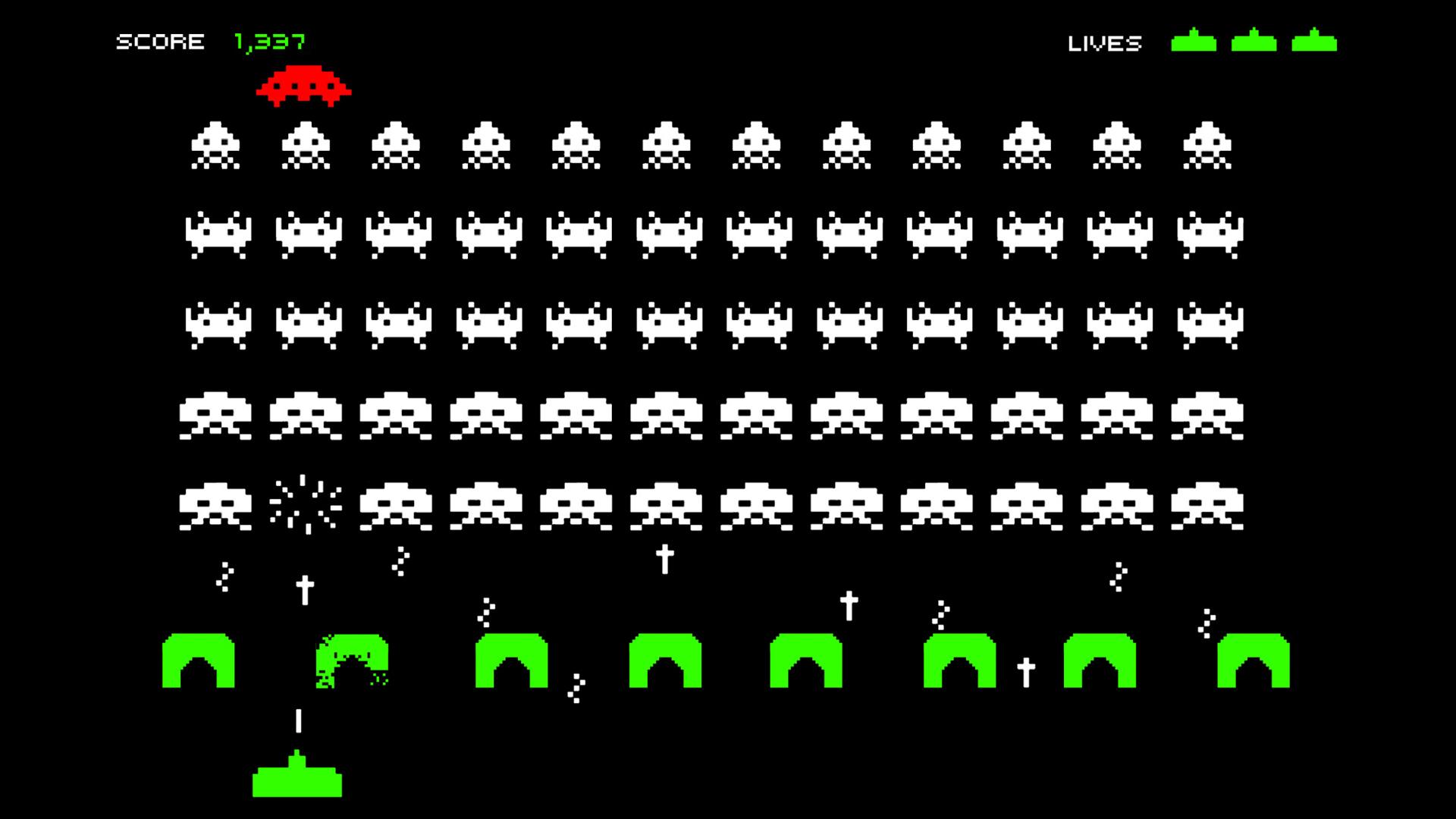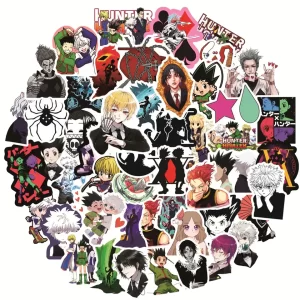In the world of gaming, few icons are as instantly recognizable as the titular Space Invaders from Taito’s 1978 arcade classic. However, what many don’t know is that these iconic extraterrestrial foes almost looked entirely different during the game’s development. Today, they adorn T-shirts, posters, and even your emoji keyboard, where they hide under the alias of “alien monster.” Even if you’ve never played Space Invaders, you’re likely aware of the profound impact this game had on the gaming industry. Now, after 45 years, a new mini arcade cabinet version of this iconic alien shooter is set to land, rekindling the nostalgia and introducing a new generation to its captivating gameplay.
The genius behind Space Invaders, Tomohiro Nishikado, holds the key to its origin story. His remarkable journey reshaped and elevated the gaming industry, pioneering concepts that are still integral to modern gaming and setting off a cultural and technological phenomenon.
Inspired by Breakout
Nishikado’s journey into the world of gaming began with Atari’s Breakout, a game he became utterly captivated by. When Taito management tasked him with creating a game that could surpass Atari’s brick-busting sensation, Nishikado was already formulating his plan. He decided to craft a shooting game, a genre he excelled at. However, unlike previous shooting games that were time-based, where players aimed to eliminate as many targets as possible within a set time, Nishikado had a different vision. He aimed to create a game with a lives system, introducing interactive gameplay where players faced off against multiple attacking enemies.
Initially, Nishikado’s design featured tanks, but something about their appearance and movement didn’t quite click. The team experimented with fighter planes and battleships, but these alternatives fared no better due to technological constraints. Nishikado then tried a soldier character, which worked well in terms of movement but raised concerns about the ethics of shooting people. Faced with this dilemma, he sought inspiration elsewhere.
Enter the Sea Creatures
Nishikado’s solution came from an unexpected source: “War of the Worlds,” a 1953 film he remembered from his childhood. The various media depictions of the alien invaders in the film often resembled sea creatures. Inspired by this, Nishikado reimagined the game’s targets, basing them on an octopus. Since the enemies were now alien beings, there were no moral dilemmas about shooting them. This creative freedom allowed Nishikado to craft abstract, unrecognizable shapes, eliminating any issues with realism. He went on to create more enemies inspired by marine life, including crabs and squids.
Revolutionizing Japanese Game Development
While developing Space Invaders, Nishikado was also revolutionizing game development in Japan. Unlike traditional Japanese games at the time, Space Invaders was a software-controlled game that utilized a microcomputer. Although similar games existed in the United States, Japan lacked information and development hardware for them. Undaunted, Nishikado decided to build his own.
He dove into studying American games to learn the intricacies of creating games with microcomputers, a journey that took him nearly half a year to master. Nishikado encountered challenges due to the absence of satisfactory game development equipment, so he had to create his own using references from American game boards. In parallel, he tirelessly worked on game planning, character design, and programming, mostly by himself. Gradually, he enhanced the capabilities of his hardware, reaching a point of satisfaction by the time Space Invaders was completed.
Space Invaders: A Product of Technological Limitations
Space Invaders’ iconic gameplay was also a result of the technological constraints of its time. The game’s low processing power dictated a crucial gameplay element: as players shot down enemies, the remaining invaders moved faster, ratcheting up the tension. Nishikado explained that this was due to the game board’s limited processing capabilities. Instead of drawing all invaders simultaneously, it could only draw one invader every 60th of a second. Consequently, at the game’s outset, it took about a second for all invaders to take a step. However, as their numbers dwindled, the time to draw them decreased, causing their speed to increase. This dynamic added depth to the gameplay, compensating for the board’s lack of capacity.
Pioneering Features and Innovations
Beyond its hardware, Space Invaders introduced several features that have become staples in video games. It offered destructible shields that players could hide behind, enemies that fired back, and even in-game music—a haunting, looping four-note riff that quickened as more invaders were defeated. Nishikado highlighted the attract sequence, the ability to battle multiple foes, and the usefulness of shields for dodging enemy bullets, shooting through gaps, or accidentally getting shot through gaps. These innovations served as the foundation for countless other games that followed, leading to a new wave of gaming titles in Japan.
Cool Reception Turned Blockbuster Success
Surprisingly, Space Invaders initially received a lukewarm reception. Vendors at the product launch gave it low marks, deeming it difficult to play. However, once it reached players, everything changed. A few weeks after its release, Nishikado personally visited a location to investigate a bug. The site’s manager informed him that customers couldn’t get enough of the game. Nishikado realized then that Space Invaders would be a hit, a relief that washed over him. Soon, production sites were working around the clock because the demand for the game exceeded supply.
A Timeless Classic
The enthusiasm for Space Invaders never waned. Ports of the original game appeared on home systems, some pushing the boundaries of Nishikado’s design, notably the Atari 2600 version with numerous gameplay variations. Sequels emerged in both arcades and homes, building upon Nishikado’s groundwork and drawing inspiration from titles that Space Invaders itself had influenced. These sequels introduced gigantic bosses (Super Space Invaders ’91), frenetic high-octane gameplay (Space Invaders Extreme), and artistic explorations of how Nishikado’s work birthed an entire gaming genre (Space Invaders Infinity Gene).
Space Invaders: The Next Generation
The latest iteration of Space Invaders takes a more literal approach. Numskull Designs is releasing a miniaturized cabinet version, paying homage to Taito’s original hardware. Creative director Karl Mizen described this endeavor as the most challenging yet. The meticulous attention to detail includes recreating the Pepper’s ghost effect, which uses a reflective screen to make the invaders appear as if they’re floating against a backdrop of stars and a moon.
Numskull Designs collaborated closely with Taito to ensure the new version stayed true to the game’s roots. In 2008, Guinness World Records even listed Space Invaders as the top-rated arcade game in technical, creative, and cultural impact.
A Journey That Continues
Nishikado, the visionary behind Space Invaders, believes that this miniature machine should capture the essence of the original game. He eagerly looks forward to both dedicated fans and newcomers experiencing it. Despite confessing that he’s “not very good at playing games” and has “hardly surpassed level two of Space Invaders,” he’s committed to giving it another shot with the Quarter Arcade (£249, or approximately $309, available for preorder now).
From pioneering arcade hit to a compact desktop marvel, Nishikado’s classic creation has embarked on an incredible 45-year journey. These years have also transformed Nishikado’s perspective on his magnum opus. He reflects, “I didn’t have much attachment to Space Invaders for 20 years after its release. But especially during the past 10 years, I’ve discovered how many people still play and appreciate the game, and that even children know it. It’s a wonder how we were able to make it in that environment. But I now recognize Space Invaders was the best game I ever made.” And with the latest mini arcade cabinet release, a new generation will have the chance to share in that wonder.













